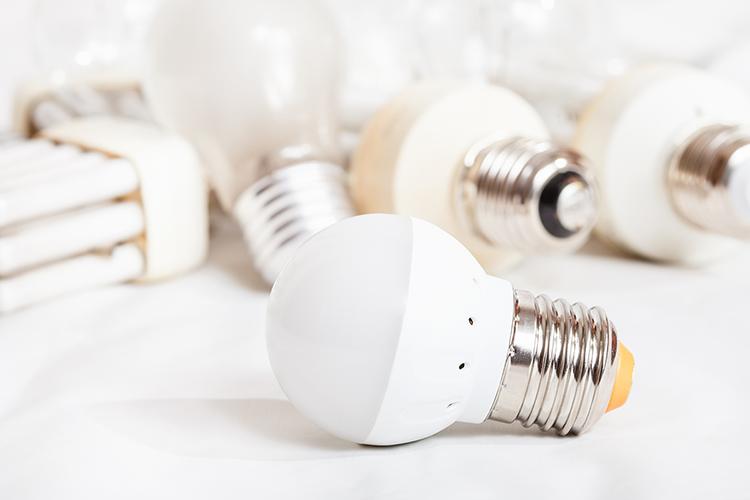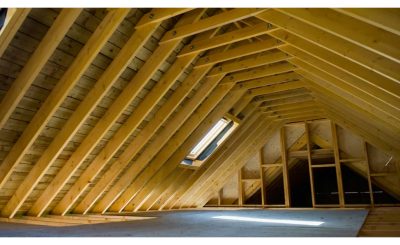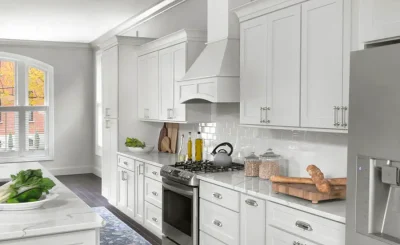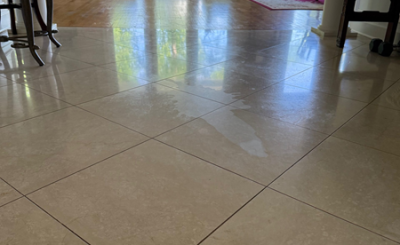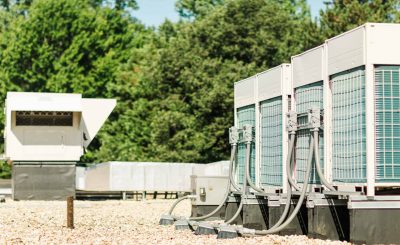Lighting a room directly influences your mood, productivity, and even your electricity bill. Over the years, LED bulbs, CFLs, and incandescent bulbs have dominated homes in different time periods, each bringing its pros and cons. But with so many choices today, which one is truly the best? Let’s break it down in a simple, approachable way so you can make the right choice for your space.
Understanding the Three Main Lighting Types
Before we dive into comparisons, let’s quickly understand what makes each type of bulb unique.
- Incandescent bulbs: This is the old-school classic bulb type. It uses a filament that heats up to produce light. This bulb is warm and pleasant, but not very energy-efficient.
- CFLs (Compact Fluorescent Lamps): These are the spiral bulbs that became popular in the early 2000s for their energy savings, compared to incandescent bulbs.
- LED bulbs (Light Emitting Diodes): The modern, highly efficient option that comes in countless shapes, from warm LED bulbs for cosy lighting to smart-enabled versions.
LED vs CFL vs Incandescent Bulb Comparison
With so many lighting options available, it can be tricky to figure out which bulb is right for your home. Each option, LED, CFL, or incandescent, brings its strengths and drawbacks, from brightness and colour tone to energy consumption and lifespan. This quick comparison table breaks down the differences in performance, efficiency, and features, so you can see at a glance which one truly shines.
| Criteria | Incandescent Bulbs | CFLs | LED Bulbs |
| How It Works | It uses a heated filament to produce light, resulting in a warm and pleasant glow, but it is very inefficient. | Compact fluorescent tube filled with gas and coated inside; needs a few seconds to warm up. | Uses highly efficient light-emitting diodes. Available in warm LED bulbs and smart-enabled versions. |
| Brightness & Light Quality | Warm, familiar glow similar to that of a candlelight bulb. Great for ambience, but limited range. | Cool white by default, but is available in warm tones. Has a slower start time. | Available in a wide range from crisp daylight to warm tones. Offers various dimmable options with great adaptability. |
| Energy Efficiency | Least efficient. Converts most energy into heat. Increases electricity bills. | About 70% more efficient than incandescent; but contains mercury, so its disposal is tricky. | Up to 90% more efficient than incandescent. Higher upfront cost, but saves money and bills over time |
| Lifespan | Around 1,000 hours. Require frequent replacem ents | 8,000–10,000 hours. Less frequent replacements but are more fragile. | 25,000+ hours. Minimal replacements over a decade or more. |
| Environmental Impact | High energy use and higher carbon emissions. No toxic chemicals, but wasteful due to a short life. | Lower energy use. Contains toxic mercury, which is harmful if not disposed of properly. | Highly energy-efficient, mercury-free, and long-lasting, fewer bulbs end up in landfills. |
| Versatility and Features | Great for ambience, but limited shapes and effects. | More shapes than incandescent, but cannot match LED’s flexibility. | Available in endless designs from candle light bulbs to innovative LED options, this product fits decorative lights, ceiling lights, and strip lights. |
Looking at the comparison, it’s clear that LED bulbs outperform both CFLs and incandescent bulbs in almost every aspect; from energy efficiency and lifespan to versatility and environmental impact. While they may cost a bit more upfront, the long-term savings, superior performance, and design flexibility make LEDs the most innovative and most sustainable choice for modern lighting needs.
Make the Right Choice for Your Home
So, which lighting option should you choose for your home?
- For ambience: Choose a warm-toned LED bulb or an incandescent bulb for that cosy, golden glow. LEDs give you the same warmth with far less energy use, though.
- For task lighting: Cool-toned LEDs deliver bright, focused illumination, making them ideal for kitchens, offices, or study corners.
- For eco-friendliness and savings: LEDs win hands down, slashing your energy bills and lasting for years.
- For decorative flair: LED candle light bulbs add charm to chandeliers, wall sconces, and other statement fixtures.
In the end, LED bulbs offer the perfect blend of performance, efficiency, style, and sustainability. Whether you want cosy, functional, or decorative lighting, LEDs adapt to every mood and space, making them the most beneficial choice for almost every home.
Why LEDs Are the Future of Home Lighting
From their adaptability to their low environmental footprint, LEDs have changed how we think about lighting. Whether you’re upgrading ceiling lights, adding accent strip lights, or exploring decorative lights for a makeover, LEDs give you endless possibilities, all while saving energy and money. And with options like bright LEDs, you can control brightness, colour, and schedules with just your phone.
Lighting technology has come a long way, but LEDs are here to stay. While CFLs and incandescents have had their time, LEDs offer unmatched efficiency, longevity, and versatility. Yes, the smart LED bulb price may seem higher, but it eventually boils down to an investment, one that pays you back in comfort, style, and savings. So, next time you shop for lights, skip the old-school choices. Embrace the glow, efficiency, and possibilities of LEDs; your eyes, wallet, and the environment will thank you.


